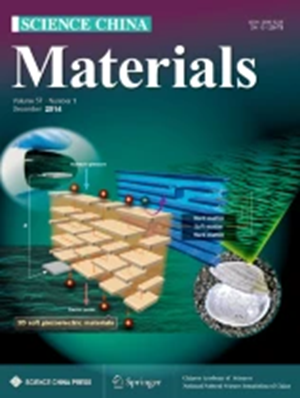Enzyme-functionalized field-effect transistors based on liquid-metal-derived ultrathin SnO2 films for glucose detection
Abstract
The rising global incidence of diabetes necessitates the development of innovative glucose monitoring technologies to enhance patient care and disease management. Non-invasive glucose detection through sweat analysis offers continuous, painless, and user-friendly solutions. However, challenges remain regarding sensitivity and selectivity. To address this issue, we utilize ultrathin SnO2 films, which exhibit exceptional electrical sensitivity to surface potential changes, as the active channel in back-gate field effect transistor (FET)-based glucose sensors. These ultrathin SnO2 films are prepared by annealing atomically thin tin oxides exfoliated from liquid Sn-Bi. The hydroxyl groups on the defective surface serve as effective anchoring sites for stable glucose oxidase (GOX) immobilization. Under optimal device design, enzymatic glucose oxidation results in positive charge accumulation on the SnO2 layers, which modulates charge carrier density and enhances channel current. This effect is amplified by the FET’s subthreshold characteristics under negative back-gate voltage, enabling rapid, highly sensitive and selective glucose sensing. The proposed FET sensor achieves an ultra-high sensitivity of 1211.11 µA cm2 µM−1 and demonstrates near-specific glucose detection amidst other substances in human sweat, indicating its significant potential for non-invasive, continuous glucose monitoring in practical applications.

 求助内容:
求助内容: 应助结果提醒方式:
应助结果提醒方式:


